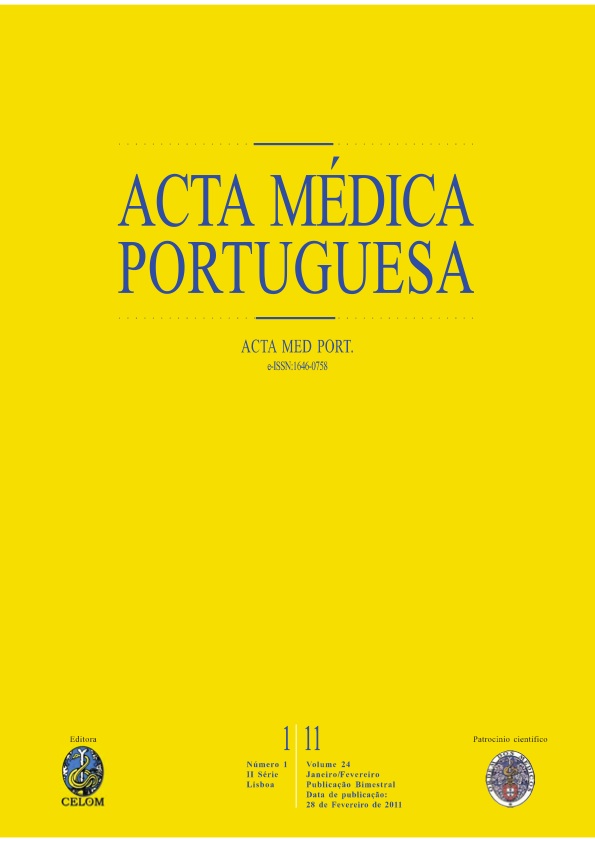In vitro and in vivo chitosan membranes testing for peripheral nerve reconstruction.
DOI:
https://doi.org/10.20344/amp.344Abstract
Tissue regeneration over a large defect with a subsequent satisfactory functional recovery still stands as a major problem in areas such as nerve regeneration or bone healing. The routine technique for the reconstruction of a nerve gap is the use of autologous nerve grafting, but still with severe complications. Over the last decades several attempts have been made to overcome this problem by using biomaterials as scaffolds for guided tissue regeneration. Despite the wide range of biomaterials available, functional recovery after a serious nerve injury is still far from acceptable. Prior to the use of a new biomaterial on healing tissues, an evaluation of the host's inflammatory response is mandatory. In this study, three chitosan membranes were tested in vitro and in vivo for later use as nerve guides for the reconstruction of peripheral nerves submitted to axonotmesis or neurotmesis lesions. Chitosan membranes, with different compositions, were tested in vitro, with a nerve growth factor cellular producing system, N1E-115 cell line, cultured over each of the three membranes and differentiated for 48h in the presence of 1.5% of DMSO. The intracellular calcium concentrations of the non-differentiated and of the 48h-differentiated cells cultured on the three types of the chitosan membranes were measured to determine the cell culture viability. In vivo, the chitosan membranes were implanted subcutaneously in a rat model, and histological evaluations were performed from material retrieved on weeks 1, 2, 4 and 8 after implantation. The three types of chitosan membranes were a viable substrate for the N1E-115 cell multiplication, survival and differentiation. Furthermore, the in vivo studies suggested that these chitosan membranes are promising candidates as a supporting material for tissue engineering applications on the peripheral nerve, possibly owing to their porous structure, their chemical modifications and high affinity to cellular systems.Downloads
Downloads
Published
How to Cite
Issue
Section
License
All the articles published in the AMP are open access and comply with the requirements of funding agencies or academic institutions. The AMP is governed by the terms of the Creative Commons ‘Attribution – Non-Commercial Use - (CC-BY-NC)’ license, regarding the use by third parties.
It is the author’s responsibility to obtain approval for the reproduction of figures, tables, etc. from other publications.
Upon acceptance of an article for publication, the authors will be asked to complete the ICMJE “Copyright Liability and Copyright Sharing Statement “(http://www.actamedicaportuguesa.com/info/AMP-NormasPublicacao.pdf) and the “Declaration of Potential Conflicts of Interest” (http:// www.icmje.org/conflicts-of-interest). An e-mail will be sent to the corresponding author to acknowledge receipt of the manuscript.
After publication, the authors are authorised to make their articles available in repositories of their institutions of origin, as long as they always mention where they were published and according to the Creative Commons license.









